Proven road to farm profit in 2025
Western FarmPress
NOVEMBER 21, 2024
Projections show a sharp decline in net farm income in Nebraska for 2024 and into 2025, but an Ainsworth, Neb., farm family makes a strategic plan to navigate volatile markets.
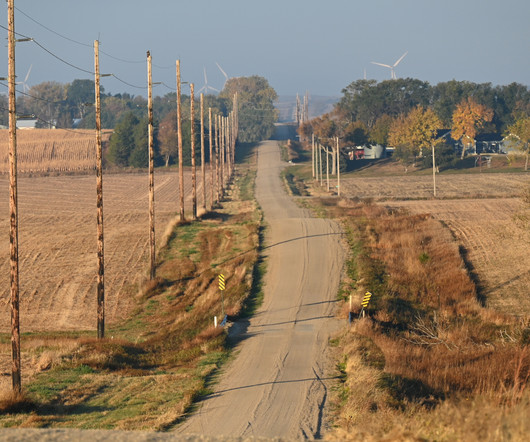
Western FarmPress
NOVEMBER 21, 2024
Projections show a sharp decline in net farm income in Nebraska for 2024 and into 2025, but an Ainsworth, Neb., farm family makes a strategic plan to navigate volatile markets.

Real Agriculture
NOVEMBER 18, 2024
Corteva Agriscience has announced its intentions to take a bold step into the hybrid wheat market. After decades of tantalizing potential, many industry players have thrown in the towel on the promise of winter wheat, but Corteva says its new proprietary hybrid system marks a “crucial step-change” and is expected to deliver a “new floor… Read More Corteva Agriscience has announced its intentions to take a bold step into the hybrid wheat market.
This site is protected by reCAPTCHA and the Google Privacy Policy and Terms of Service apply.
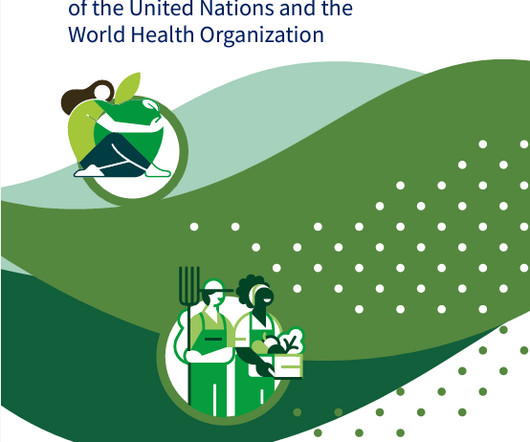
Food Politics
NOVEMBER 27, 2024
What are healthy diets? Joint statement by the Food and Agriculture Organization of the United Nations and the World Health Organization What this is about: Healthy diets promote health, growth and development, support active lifestyles, prevent nutrient deficiencies and excesses, communicable and noncommunicable diseases, foodborne diseases and promote wellbeing.
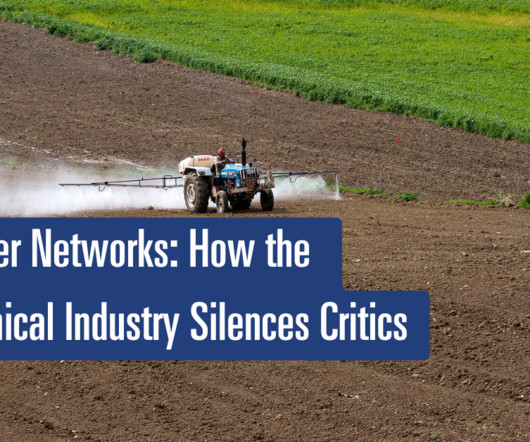
Food Tank
NOVEMBER 14, 2024
A global team of journalists recently revealed that agrochemical industry leaders are working to downplay the risks associated with pesticides and discredit and silence critics of these chemicals. The investigation finds that the PR firm v-Fluence created profiles on 3,000 organizations and more than 500 scientists, journalists, environmentalists, and others deemed critical of the pesticide industry and genetically modified organisms (GMOs).

Civil Eats
NOVEMBER 6, 2024
Just north of the U.S.-Mexico border, California’s Imperial Valley is both a desert and an agricultural wonder. Bordered by sand dunes and barren mountains, the region receives less than three inches of rainfall per year, 27 inches less than the U.S. average. From June to September, high temperatures here often exceed 100 degrees Fahrenheit. By most measures, the Imperial Valley is not a great place to grow food.

USDA Blog
NOVEMBER 25, 2024
The Pocasset Pokanoket Land Trust (PPLT) is a Tribally led nonprofit organization committed to reconnecting and empowering various Indigenous peoples throughout the Northeast. The Land Trust acts as a catalyst for change, addressing critical issues related to land reclamation and food insecurity for the Pocasset Wampanoag tribe and other marginalized communities.

NASDA
NOVEMBER 22, 2024
Since 2014, Jessica Welshans has been a dedicated NASDA enumerator and supervisor in Pennsylvania. Her strong ties to her community and in-depth knowledge of the area have helped ensure reliable agricultural data for local farmers and the entire industry. Jessica’s work makes a real impact on the agricultural community, and her dedication strengthens the data that supports decision-making nationwide.
Agriculture Informer brings together the best content for Agriculture professionals from the widest variety of industry thought leaders.

Food Politics
NOVEMBER 14, 2024
A reader, Lynn Ripley, sent me a link to this article from the New York Times: What a Crackdown on Immigration Could Mean for Cheap Milk What Peter does know, however, is that without foreign-born workers, his dairy could not stay afloat. Americans are understandably reluctant to perform dirty, dangerous and demanding work — what economists call 3-D jobs — as long as they have better alternatives.

Food Tank
NOVEMBER 8, 2024
Diversification is the key to the resilience of our food systems. This is true around our climate-impacted world, but especially so across Africa and in my home country of Zimbabwe. Through both my academic research and my work as a farmer, I have come to understand farmers’ challenges when it comes to resilience. I have also learned about, and advocate for, opportunities.
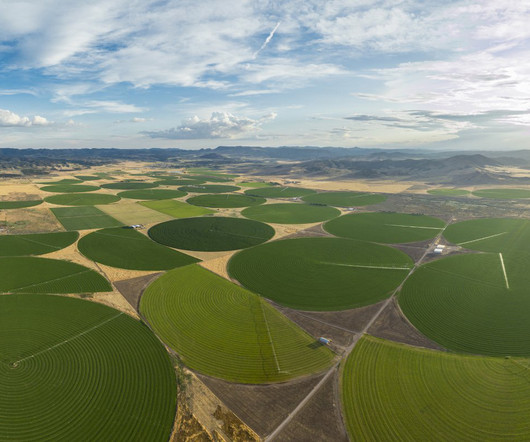
Civil Eats
NOVEMBER 5, 2024
Before he was appointed head of Utah’s Department of Natural Resources, Joel Ferry was a full-time farmer—and a very good one. “I was the top ‘Young Farmer and Rancher’ in the state of Utah a few years ago,” he said on a recent phone call, as he drove across the state, minutes before heading into a meeting with the governor. “My wife was the Utah ‘Farm Mom of the Year.
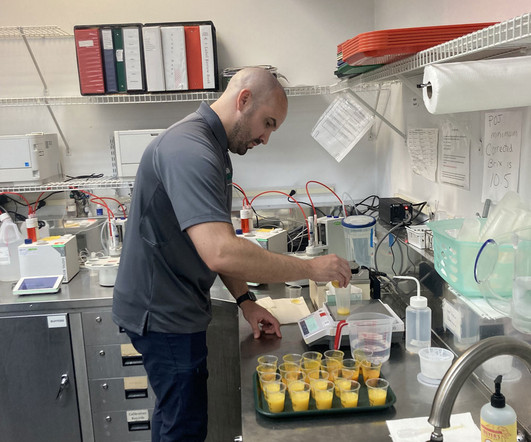
USDA Blog
NOVEMBER 19, 2024
To ensure that veterans have opportunities to enter high-demand career fields, the U.S. Department of Agriculture (USDA) leverages apprenticeship programs. USDA recently strengthened its Commodity Food Grader’s Apprenticeship Program by expanding its scope from regional to national. As a result, transitioning service members, veterans and military spouses from across the country can now participate.

NASDA
NOVEMBER 22, 2024
Amy Bailey leads the Crops and Specialty Surveys Section at USDA’s National Agricultural Statistics Service, managing surveys that gather important data on crops across the country. She works closely with NASS Survey Administrators to make sure survey plans are solid and that the right tools reach Regional Offices and NASDA enumerators. In a recent interview, Amy talks about her role, how she tackles challenges in collecting data and her vision for the future of agricultural statistics.
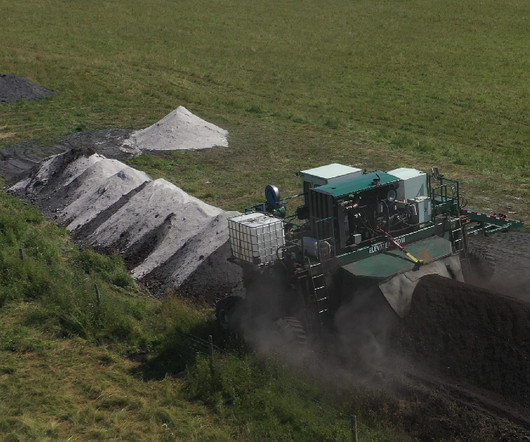
Real Agriculture
NOVEMBER 12, 2024
Two things are true when it comes to agriculture: where there is cattle, there is manure and where there are crops, there is a need for nutrients. Producers have found many ways to handle those two truths individually, but research is showing that some things really are better together. Feedlot operators have been spreading manure… Read More Two things are true when it comes to agriculture: where there is cattle, there is manure and where there are crops, there is a need for nutrients.

Food Politics
NOVEMBER 11, 2024
Thanks to Stephen Zwick of Regenetarianism for sending this one. Charoenwoodhipong, P., Zuelch, M. L., Keen, C. L., Hackman, R. M., & Holt, R. R. (2024). Strawberry (Fragaria x Ananassa) intake on human health and disease outcomes: a comprehensive literature review. Critical Reviews in Food Science and Nutrition , 1–31. [link] From the Abstract Of the 60 articles included in this review, 47 were clinical trials, while 13 were observational studies.
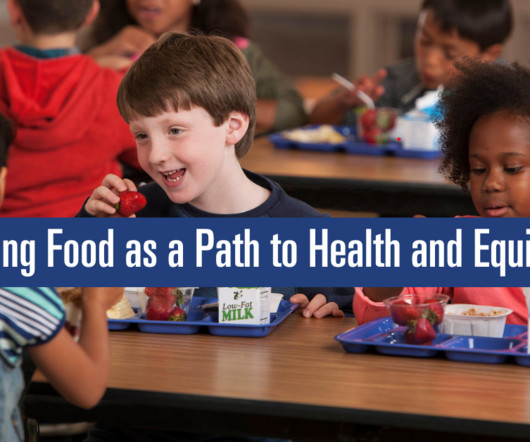
Food Tank
NOVEMBER 29, 2024
America has a food problem, and it’s not just about what we’re eating—it’s about how we think about food altogether. Our relationship with food is broken, leading to an uptick in preventable diseases, soaring healthcare costs , and widening divides between those who can afford healthy food and those who can’t. For decades, short-term fixes have dominated food policy, like the infamous moment when ketchup was labeled a vegetable in school lunches—a decision so absurd it became a global punchline
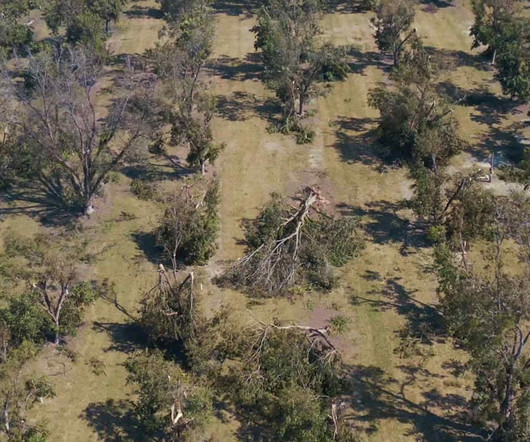
Trimble Agriculture
NOVEMBER 20, 2024
From hurricanes to other factors beyond their control, there’s no question it takes resilience to be a farmer. When hurricanes and other natural disasters strike, farmers face significant challenges to rebuild and recover. Access to effective hurricane relief and natural disaster resources is essential to helping agricultural operations bounce back and continue feeding our communities.
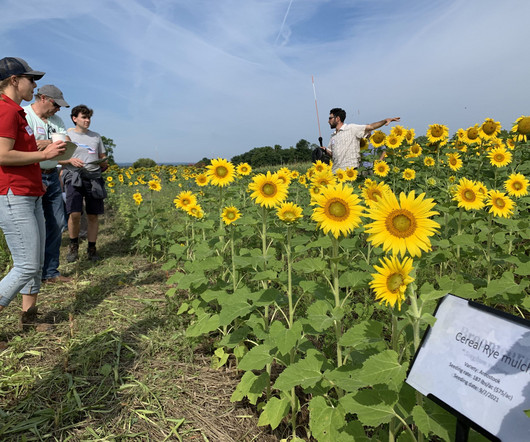
National Sustainable Agriculture Coalition
NOVEMBER 19, 2024
Photo credit: Matt Ryan/Sandra Wayman Editor’s Note: This blog post is a guest post authored by Gordon Merrick, Senior Policy and Programs Manager at the Organic Farming Research Foundation (OFRF) and Mark Schonbeck, Research Associate, also at OFRF, which is an NSAC member. The world is increasingly recognizing the value of sustainable food systems, and organic agriculture plays a vital role in this movement.

Modern Farmer
NOVEMBER 22, 2024
This story is the first in “The Healing Soil: Detroit’s Urban Farms,” a three-part series being co-published with Outlier Media and Planet Detroit , and is supported by the Michigan Health Endowment Fund. Driving down Monterey Street on Detroit’s westside, there are more abandoned and vacant houses than occupied ones. Sidewalks are overgrown with grass, and stretches of land as long as football fields separate the homes that remain.
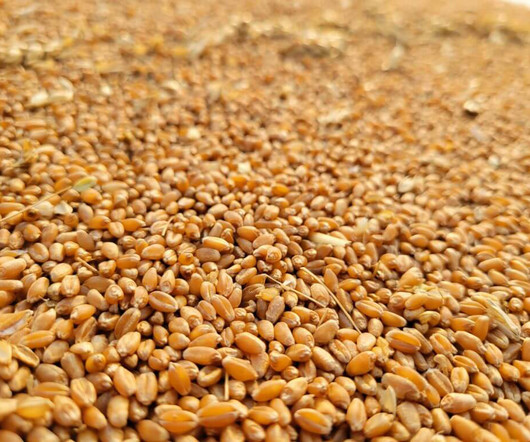
Real Agriculture
NOVEMBER 27, 2024
Alberta-based grain buyer Agfinity Inc. formally declared bankruptcy this week, owing more than $5.06 million to 181 creditors, according to bankruptcy filings released Nov. 26. Farmers’ concerns about not getting paid for grain that was sold and picked up by the company started surfacing on social media and elsewhere in early 2024. Agfinity’s operations, headquartered… Read More Alberta-based grain buyer Agfinity Inc. formally declared bankruptcy this week, owing more than $5.06 million to 181

NASDA
NOVEMBER 25, 2024
Letter Dear Chair Thompson, Ranking Member Scott, Chair Stabenow, and Ranking Member Boozman: As you strive toward our shared goal of completing a new farm bill this year, the undersigned organizations and stakeholders write to urge you to include funding for the orphan programs in any new farm bill, or should it become necessary, a farm bill extension.
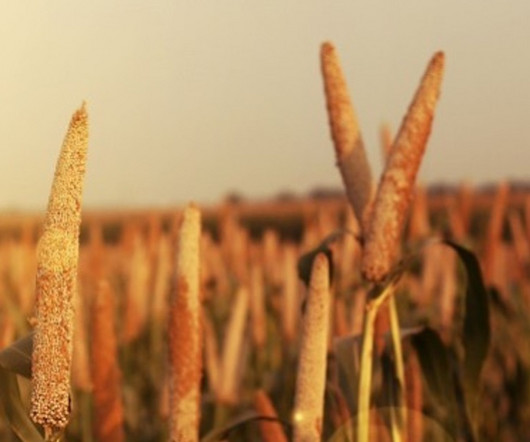
Food Tank
NOVEMBER 23, 2024
This is the first part of an articles series based on based on conversations held during COP16 (Cali) and COP29 (Baku) side events by leading food system actors, who explored solutions provided by agroecology. Learn why t his fall is crucial for food systems governance as world leaders and food system actors gather to discuss solutions to biodiversity loss, climate change and land degradation.
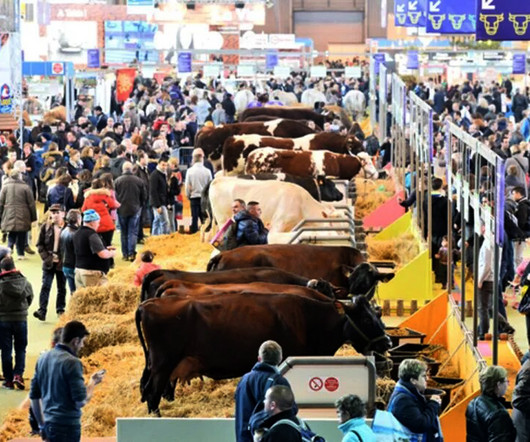
Daily Yonder
NOVEMBER 19, 2024
A poignant and repeated question from @NYFarmer on X is to ask why New York City does not have an annual agricultural show like Paris. For the last half century the Paris International Agricultural Show draws farmers, breeders, producers, and a heady mix of industry and institutional players from across France and its territories. They put on a nine-day spectacular that draws in hundreds of thousands of visitors.
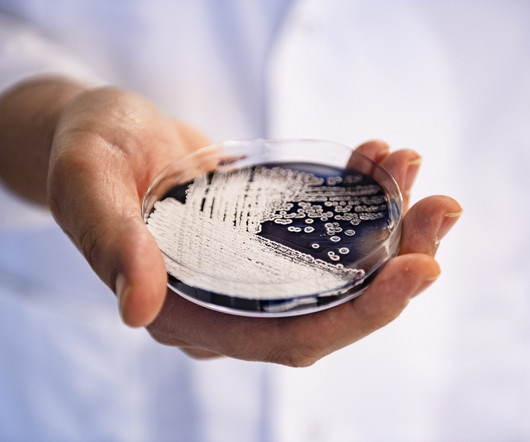
Agri-tech
NOVEMBER 6, 2024
Microbes are found almost everywhere on Earth, and have evolved over the past 3.5 billion years to survive and thrive in diverse habitats, including in and on plants. Microbes are organisms that are too small to be seen without using a microscope, so they include things like bacteria and single cell eukaryotes — cells that have a nucleus, like an amoeba or a paramecium.

Modern Farmer
NOVEMBER 29, 2024
The aroma of cedar smoke fills the early autumn air, punctuated by the crackle of wood as Norma Naranjo rakes out hot ashes from the horno, a beehive-shaped adobe oven, with a long wooden paddle. She piles the ashes on the ground and tops them with glossy green chiles from her garden; the heat will concentrate their flavor for later use in a stew. Naranjo is the founder of The Feasting Place , a culinary and cultural program based out of her home on the Ohkay Owingeh (“Place of Strong People”) P

Real Agriculture
NOVEMBER 25, 2024
There is no denying that access to a rough terrain vehicle (RTV) is a huge advantage when getting things done on the farm. Whether a producer is repairing fences, transporting mineral, or moving equipment between outbuildings, these workhorses have the potential to make life just that much easier. Farm work is exactly where the design… Read More There is no denying that access to a rough terrain vehicle (RTV) is a huge advantage when getting things done on the farm.

NASDA
NOVEMBER 22, 2024
NASDA recently hosted a training workshop in Sioux City, Iowa, for our Northern Plains and Upper Midwest pilot regions. This event brought together new coaches, managers, trainers and supervisors to help them get ready for their roles within NASDA’s updated management structure. The workshop focused on teamwork, supporting enumerators in the field and improving communication and data collection strategies.
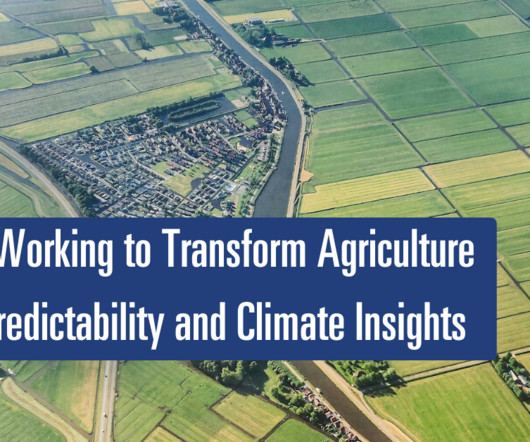
Food Tank
NOVEMBER 27, 2024
Helios is an artificial intelligence-based platform that is aggregating billions of data points to provide a global, real-time view of the climate and economic risks affecting agricultural commodities. Helios was co-founded by Francisco Martin-Rayo and Eden Canlilar, two food and technology entrepreneurs from different backgrounds. Canlilar previously worked as a Senior AI and machine learning engineer at Google and owned a restaurant.
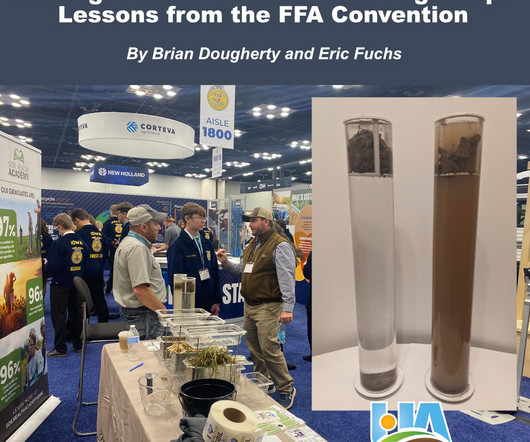
UnderstandingAg
NOVEMBER 7, 2024
We recently had the privilege of attending the National Future Farmers of America convention in Indianapolis, Indiana to represent Understanding Ag. Mingling with a sea of over 70,000 kids wearing the classic blue and gold FFA jackets with their home states emblazoned across the back is an unforgettable experience. It brought back memories of my own time in FFA over 30 years ago.
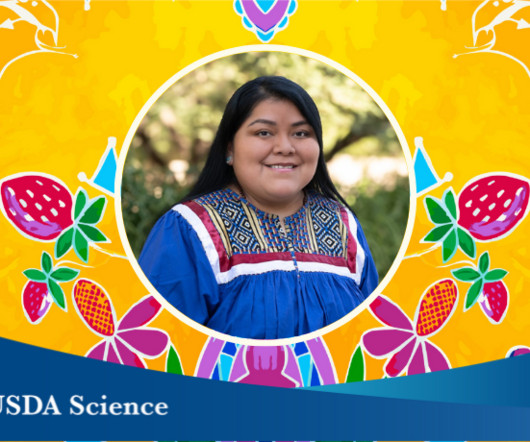
USDA Blog
NOVEMBER 26, 2024
During Native American Heritage Month, USDA Science recognizes the invaluable contributions that Native American employees have made in advancing agricultural science and innovation that benefits us all. From advancing Indigenous Traditional Ecological Knowledge in research to ensuring the next generation of agriculture is inspired to lead—the employees spotlighted below are an integral part of carrying out USDA’s mission.
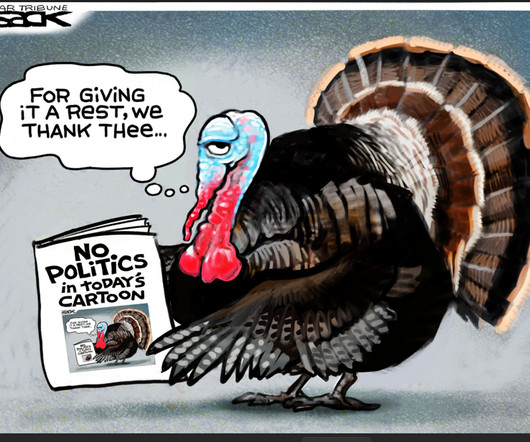
Food Politics
NOVEMBER 28, 2024
Well, only a little. First, what this dinner is going to cost you: less than last year but more than before the pandemic. And how about some agricultural statistics for turkeys ? And some key facts: The rise and fall of turkey production in the U.S.: Since 1960, per capita turkey production rose sharply and peaked in 1996 at 26.8 pounds per person. However, in 2022, annual production had dropped to just 20 pounds per person—a decline of approximately 25%.

Real Agriculture
NOVEMBER 5, 2024
Saskatchewan-based farm insurance company Global Ag Risk Solutions has been acquired by global insurance brokerage and financial services firm Hub International. Hub announced the acquisition on November 5. Based in Moose Jaw, Global Ag Risk Solutions (or GARS) offers innovative whole-farm, private insurance products to help farmers manage production costs and protect crop profit margins.

NASDA
NOVEMBER 19, 2024
After graduating from Iowa State University in May with bachelor’s degrees in agriculture and rural policy and international agriculture, I was excited to join NASDA as a policy intern for the fall semester. When I assumed this role, I asked NASDA Public Policy Senior Director RJ Karney and Public Policy Director Becky Garrison Warfel to challenge me so I could attain new skills and further develop my agricultural policy knowledge.
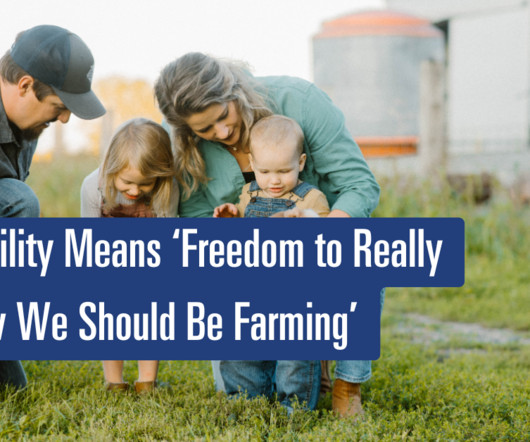
Food Tank
NOVEMBER 1, 2024
Trisha and Nolan Zachman farm in a small town two hours west of Minneapolis, Minnesota. They grow a variety of crops including corn, soybeans, rye, wheat, sorghum, and peas; pasture-raise pigs for specialty meat company Niman Ranch; and care for chickens, sheep, ducks, geese, alpacas, and numerous cats—in addition to raising two young children and running a farm stay experience.
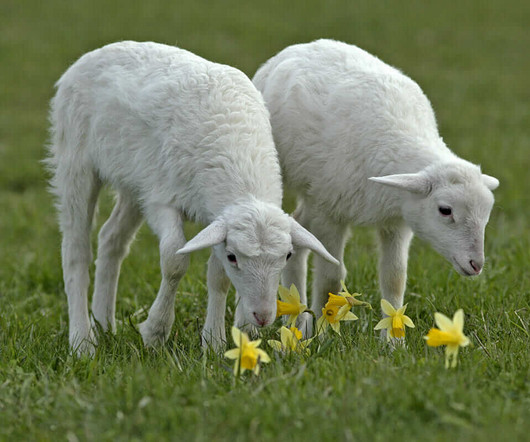
Modern Farmer
NOVEMBER 20, 2024
So you want to farm, but you’re not sure where to start. Farming at any scale – whether it’s a countertop herb garden or an acre of land – can be intimidating. But if you’re ready to get started, Modern Farmer has you covered. In these guides, you’ll learn how to raise animals like pigs, chickens, and sheep. You’ll find out how to grow hemp and other profitable crops.
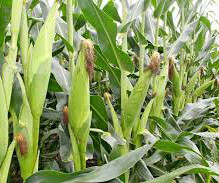
Agric4profits
NOVEMBER 28, 2024
Maize, commonly known as corn, is one of the most widely grown cereal crops globally. Its versatility and adaptability to different climates make it a staple food for millions of people, particularly in Africa, Asia, and the Americas.
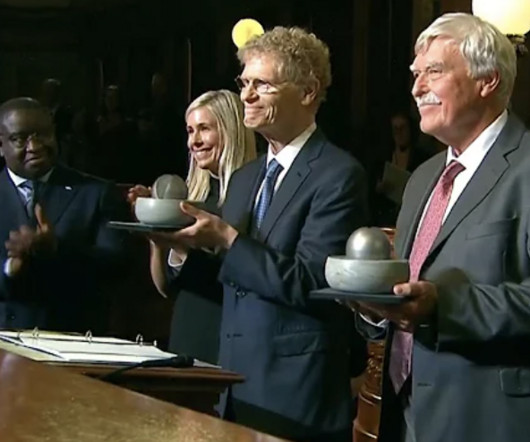
Agricultural Biodiversity
NOVEMBER 4, 2024
Well, it’s all over now, and very moving it was too. You can read about the 2024 World Food Prize laureates here , and also watch edited highlights of the ceremony. Wonderful to see Cary and Geoff — and genebanks — properly recognized. Me? I was taking pics of the agrobiodiversity.
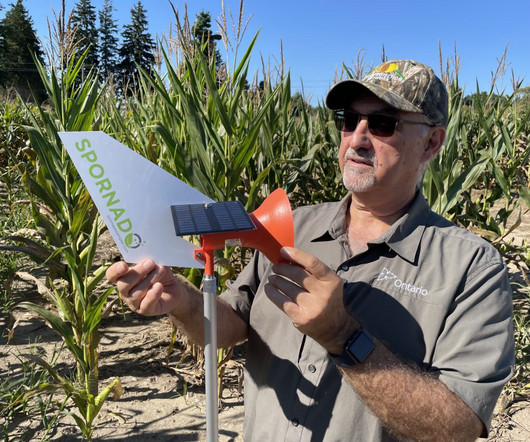
Real Agriculture
NOVEMBER 12, 2024
Genetics and fungicides are the two pillars of disease defence when it comes to yield robbers like tar spot. But weather and technology also play a key role in helping growers defend their crops against the foliar disease. On this episode of the RealAgriculture Corn School, Ontario Ministry of Food, Agriculture and Agribusiness pathologist Albert… Read More Genetics and fungicides are the two pillars of disease defence when it comes to yield robbers like tar spot.
Let's personalize your content